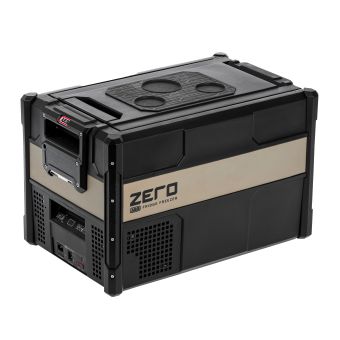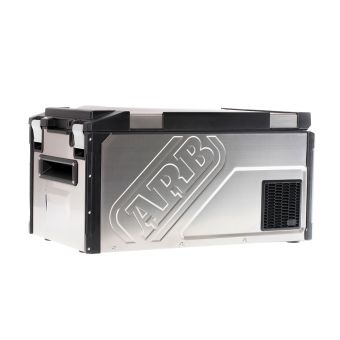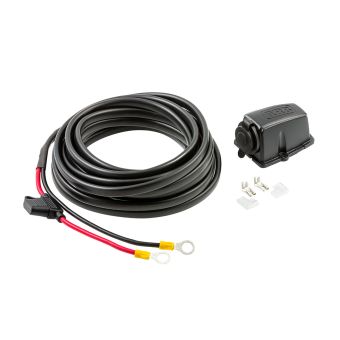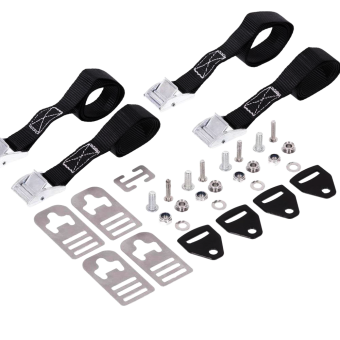Power is critical to van life, there’s no question about it. Without a well thought out van power system you wouldn’t be able to run fridges, heaters, water pumps, fans – any of the necessities that make vanlife comfortable. But trying to set up a power system can be daunting, and without the proper knowledge or equipment, potentially dangerous. That often brings people to their first question…
What to consider when choosing a vanlife power system?
When searching for a battery system for a van build you need a setup that will support all of your power needs and not leave you stranded without power or with a flat battery.


Everyone has a list of essentials that need to be considered, these can include fridges, hot water systems, water pumps, indoor and external lights, 110V power points, 12V USB ports, diesel heaters etc. With this list of necessities, you need to figure out your power requirements and what size system you’ll need. To do this there are a few simple equations you can do.
Firstly, figure out the amount of electricity you plan on using in Watt-hours (Wh). With this list of gadgets find out the amount of Watts each of them draws.
This can be found relatively easily either in the device’s manual or with a quick Google.
Next estimate the number of hours you will be using each item per day and multiply this number by the Watts.
Watts x hours = Watt-hours (Wh)
Once you’ve determined the Wh for each item, add them all together. This is your total Wh.
Next, determine the battery capacity you will need. Battery capacity is measured in amp-hours (ah).
To find the ah you would need, divide the Wh by your system voltage (12V).
Wh / 12V = ah


Choosing an auxiliary battery
This calculation will tell you how many ah of battery you need to be looking for, though choosing a battery isn’t quite as simple as finding a battery with that exact amount of ah.
There are two main types of batteries that need to be considered when looking at which one to use regular batteries (including flooded-lead-acid, AGM and gel batteries) and LiFePO4 (lithium iron phosphate batteries).
Regular deep cycle batteries should not be depleted below 50% of their capacity as you risk shortening their lifespan and damaging them. Therefore, when looking at a 100ah battery, for example, the recommended usable capacity is only about half of this or 50ah.
LiFePO4 batteries, however, are rated in usable amp hours, meaning 100Ah battery will provide 100Ah without affecting the battery life and though they are more expensive than a regular battery they are lighter and tend to last longer.
While there is no right or wrong choice when it comes to battery selection these factors need to be considered when determining the ah of battery needed.


What about solar?
Many people decide that to support their power systems they want to install solar panels. To determine how many Watts of solar you’d need, another simple calculation is used.
Again, using the total number of Wh needed across all your devices, divide this by the average amount of full sunlight per day (for example, 5 or 6 hours).
Wh / sunlight = solar panel Watts needed
This gives the total amount of solar panel Watts that should, in theory, fully charge your batteries and accommodate your power consumption each day. Though it does pay to round up and overcompensate as you never know what is going to happen.


Overcast days, shade, less sun and rainy days in winter, and days where you might just consume more power all need to be considered.
When deciding to link your battery and solar together REDARC’s Manager30 Battery Management System is the only way to go. The complete battery management system, the Manager30 incorporates AC, DC, and solar inputs to achieve the best charge for an auxiliary battery.
Able to charge, lead-acid, gel, calcium, AGM or LiFePO4 batteries it ensures that all your batteries are always fully charged and ready to go. It’s also small enough to be tucked away under a seat, bed, or in a cupboard.
To see more about the Manager30 and how it can be setup to power all your vanlife needs take the REDARC virtual product tour.





